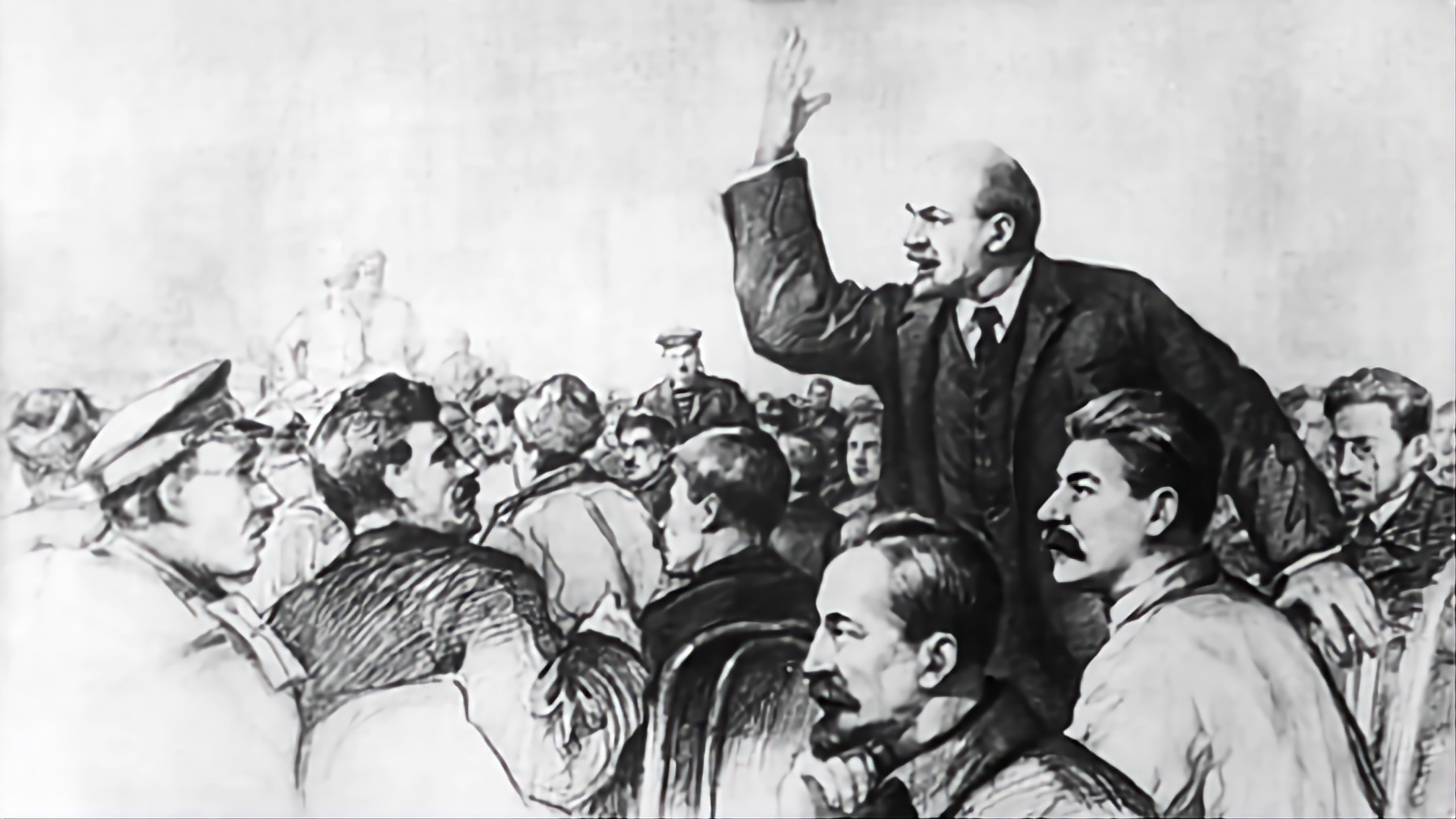I've brought this up as a flippant response to people worried about Tiktok sending their cat video preferences to China. Someone challenged me on it so I went looking for sources and all i could find was a couple of no-name "news" websites repeating the same information in the same words, but without any names or sources. So it sounds like BS. Before I consign it to the grave-yard of "Knowing half the shit the CIA has admitted too makes you sound insane", does anyone have any reputable sources for this?


https://en.wikipedia.org/wiki/Lanai
cursed
TikTok teens "relational data" harvested by natsec demon squatting on prankster prince's island stolen by Mormon scammers, transformed into plantation by settlers, then hollowed by neoliberalism